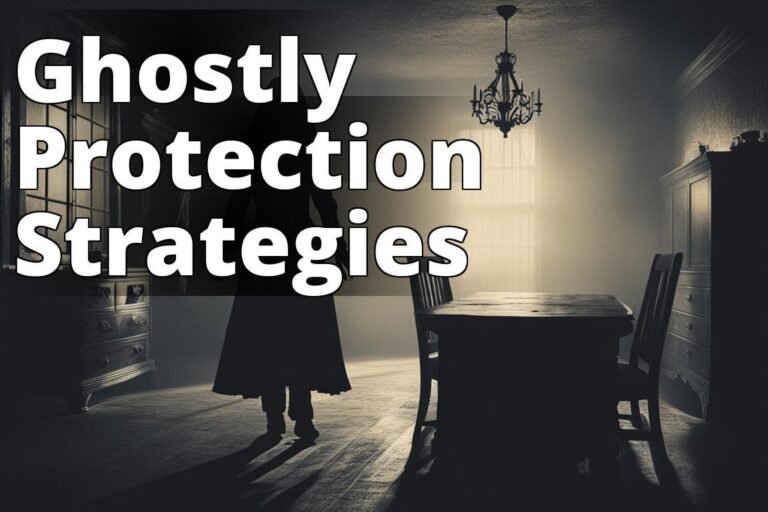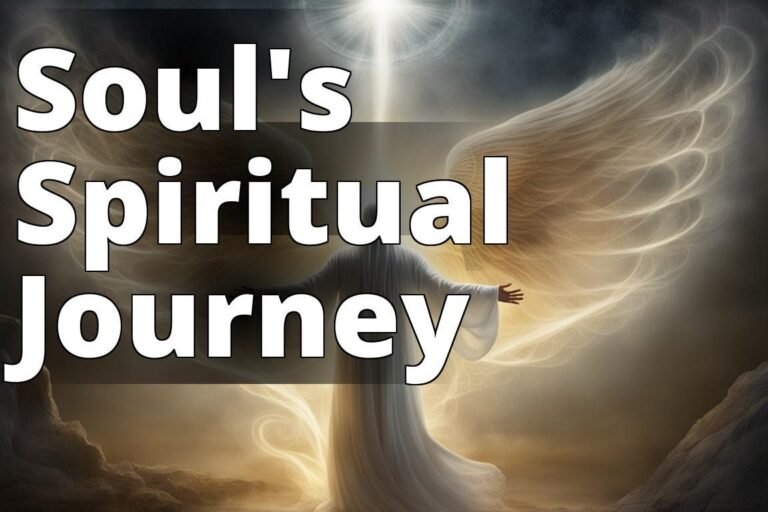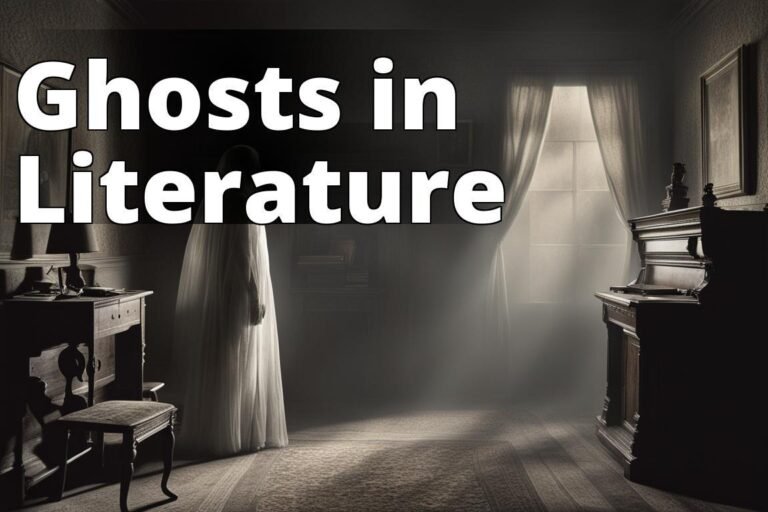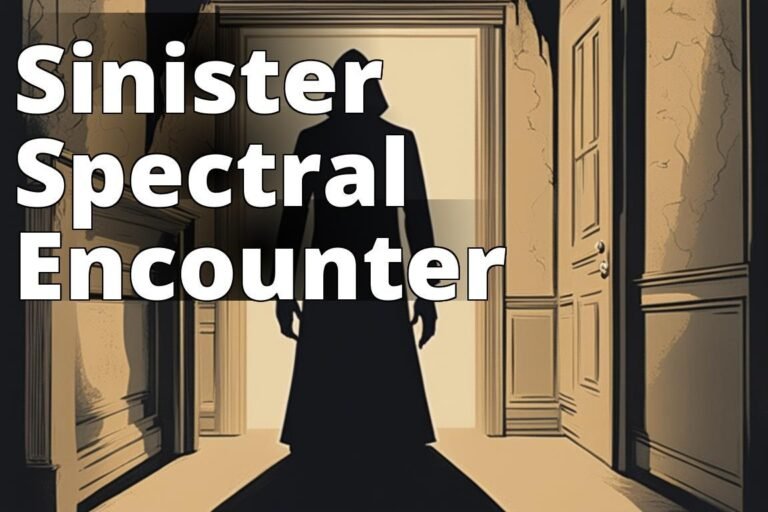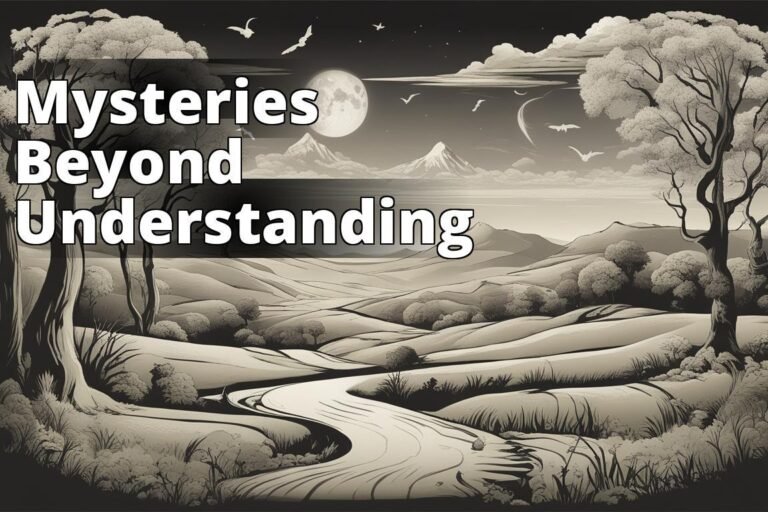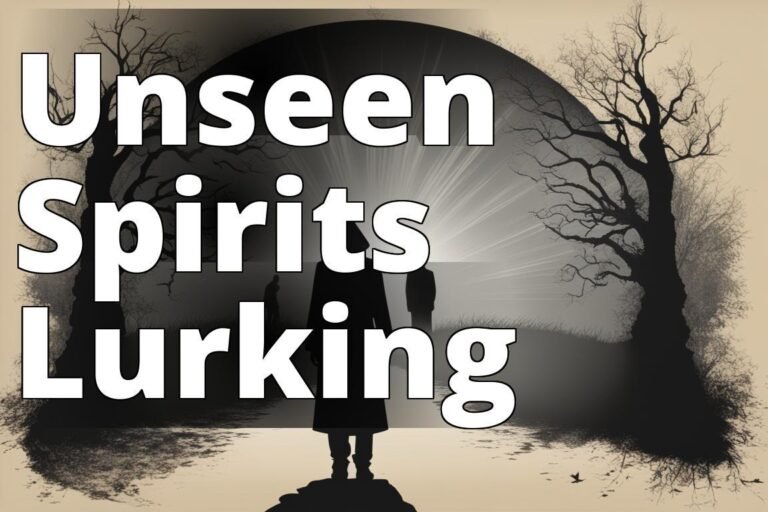What Are Ghosts? The Science of Ghosts and Hauntings
Have you ever felt a chill run down your spine when you’re alone, or thought you saw a shadow flit across the room out of the corner of your eye? These experiences often lead us to ask: What is a ghost? Today, we’re diving deep into the eerie world of ghosts and hauntings, leaving no gravestone unturned. From the science behind hauntings to the different types of ghostly entities, this is your ultimate guide to understanding the unseen.
Understanding Ghost Symbolism
- Ghosts symbolize the presence of spirits.
- They can represent unresolved emotions or unfinished business.
- Ghosts may also symbolize a connection to the afterlife.
What Is a Ghost?
A ghost, in the simplest terms, is thought to be the spirit or soul of a deceased person or animal that can appear, in some form, to the living. But, what do ghosts symbolize? To many, they’re a manifestation of unresolved issues, unfulfilled wishes, or injustices suffered during their lifetime. They’re not just spooky stories; they’re tales of loss, longing, and the human (or animal) condition.
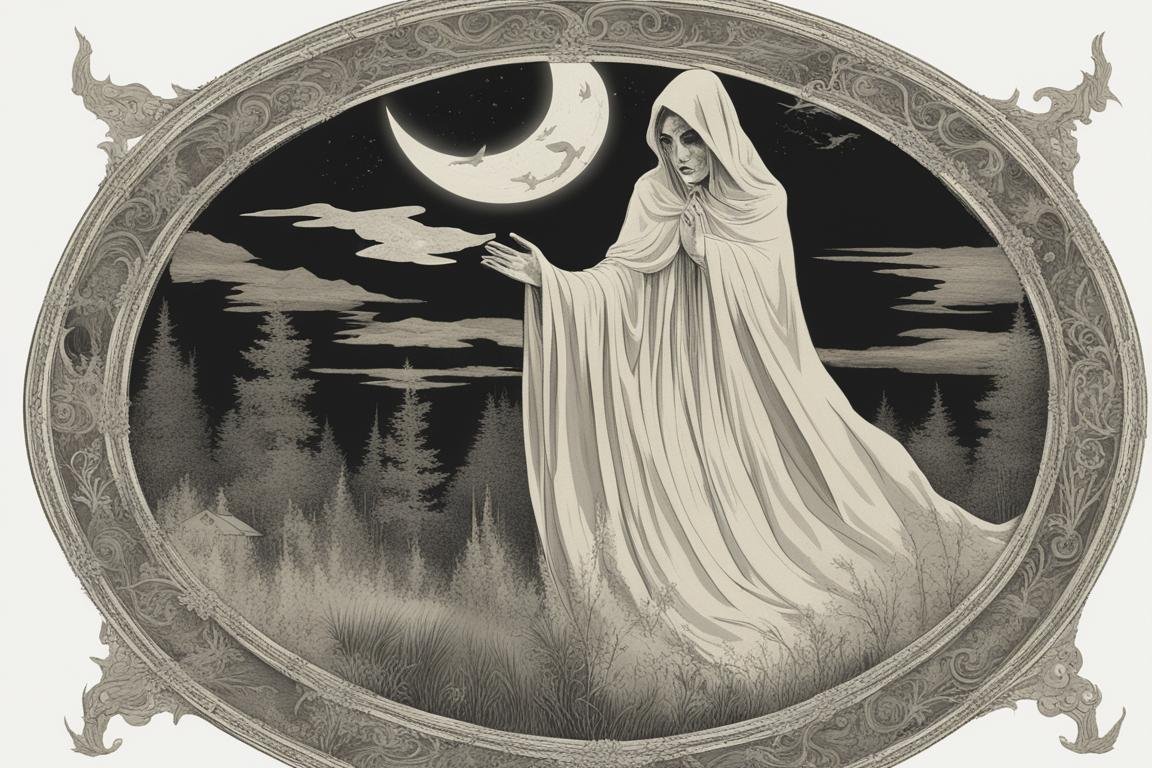
What Are the Different Types of Ghosts?
Ghosts come in many forms and categories, each with its own unique characteristics and stories. Let’s break down the most commonly reported types:
- Intelligent Spirits: These are the ghosts that seem to interact with the living, often seeking closure or conveying messages.
- Residual Hauntings: Imagine a moment in time that’s been recorded and plays over and over again. These hauntings are like echoes of the past, not aware of the present.
- Poltergeists: Literally translating to “noisy ghost,” poltergeists are known for moving objects and creating disturbances. They’re the pranksters of the spirit world.
- Shadow People: These are dark, shadowy figures that are often seen out of the corner of one’s eye. Their intentions and nature remain a mystery.
- Orbs: Often captured in photographs, orbs are spheres of light that some believe to be the simplest form of ghost manifestation.
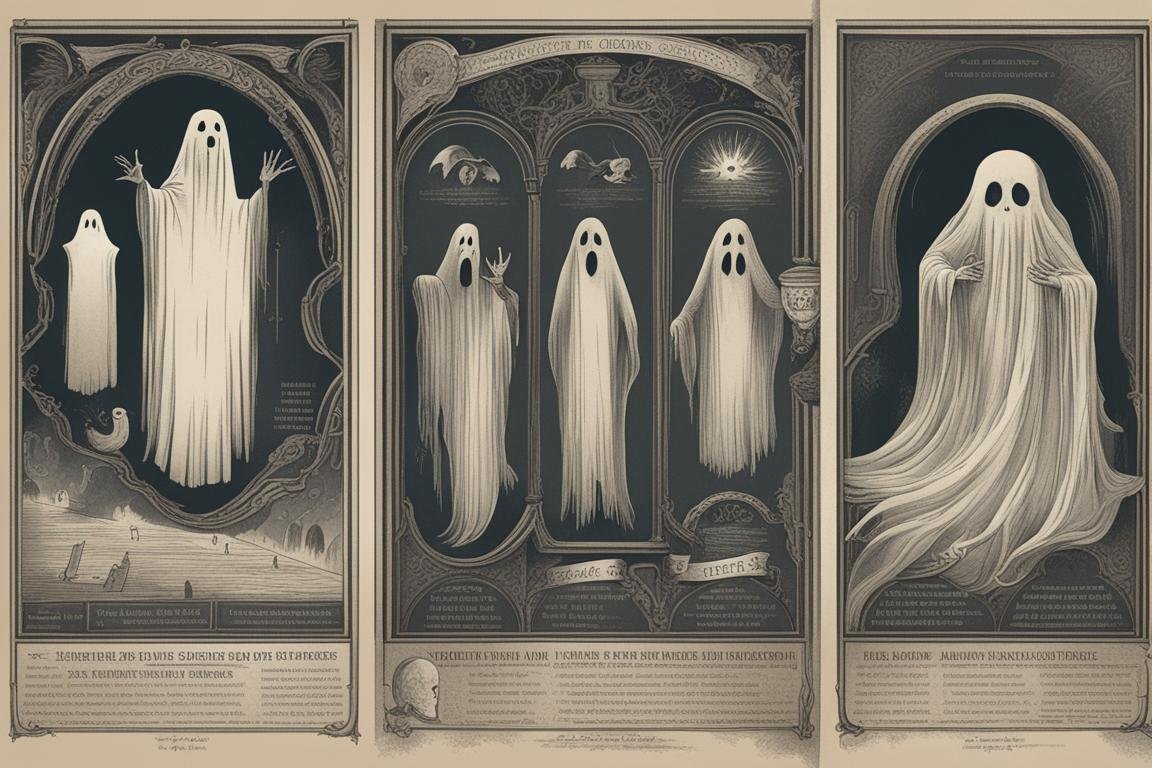
What Is a Haunting?
A haunting is a phenomenon where ghostly activities are repeatedly observed in a particular location. It’s as if the environment itself is imprinted with the energy or spirit of the past. Hauntings can range from benign, such as the feeling of being watched, to malevolent, where physical harm is inflicted on the living.
What Are the Different Types of Hauntings?
- Intelligent Hauntings: Where spirits interact directly with the living, aware of their presence.
- Residual Hauntings: These are like recordings that replay certain events or emotions at specific times or under certain conditions.
- Poltergeist Activity: Characterized by physical disturbances and is often associated with a living person under emotional or psychological stress.
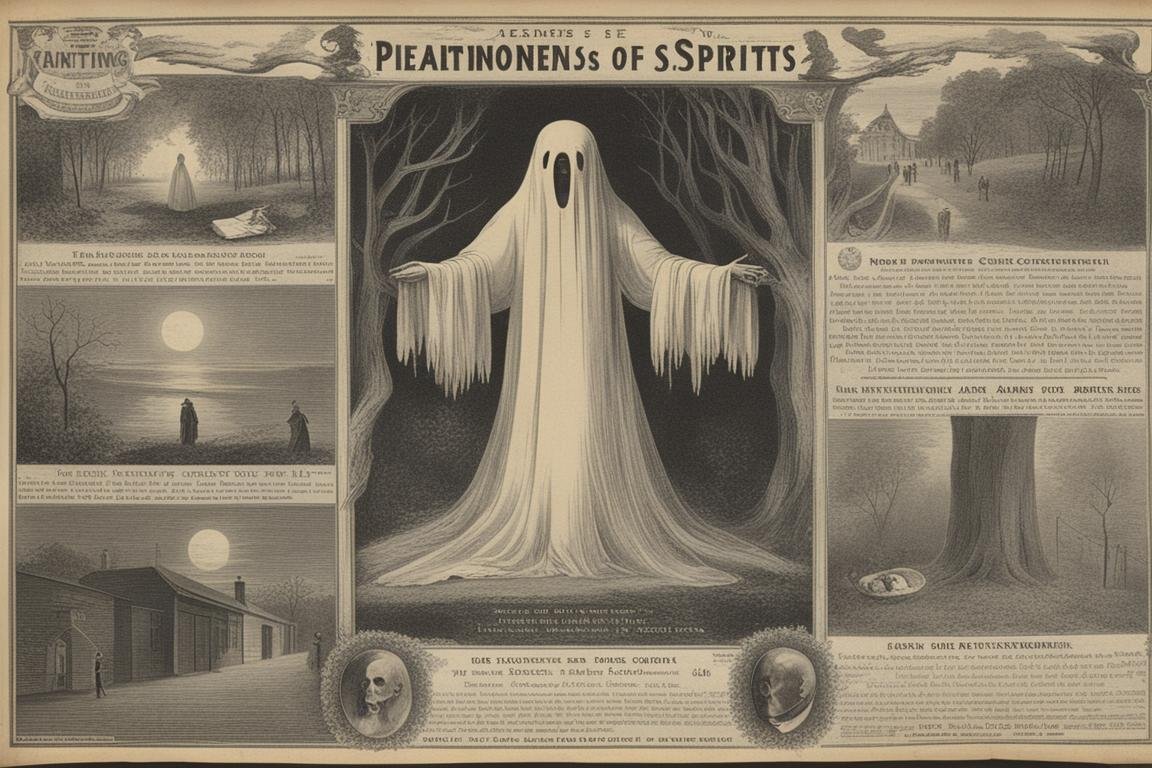
What Are Poltergeists?
Poltergeists are one of the most feared types of ghostly phenomena because their presence is often accompanied by physical disturbances – objects moving on their own, unexplained noises, and even physical attacks. Interestingly, many parapsychologists believe poltergeist activity is not caused by ghosts but by the subconscious mind of a living person, often a teenager undergoing emotional turmoil.
What Are Shadow People?
Shadow people remain one of the most mysterious and unsettling types of paranormal phenomena. Witnesses often describe them as dark, human-shaped figures that vanish when looked at directly. Some theories suggest they could be visitors from another dimension or time, while others believe they are malevolent spirits.
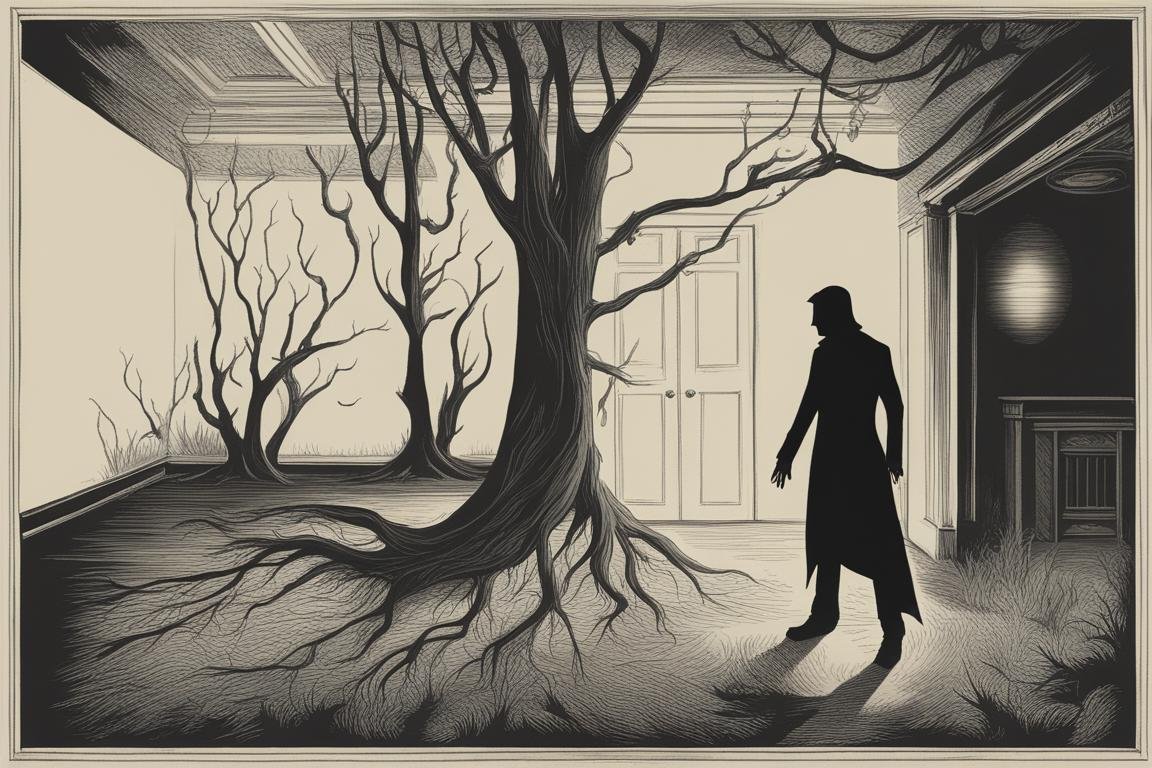
What Are Orbs?
Orbs are a highly debated topic in the paranormal community. Skeptics often dismiss them as dust particles or moisture droplets on the camera lens. However, many paranormal investigators believe orbs are the first stage of a ghost manifesting in the physical world, especially when they appear in locations known for paranormal activity.
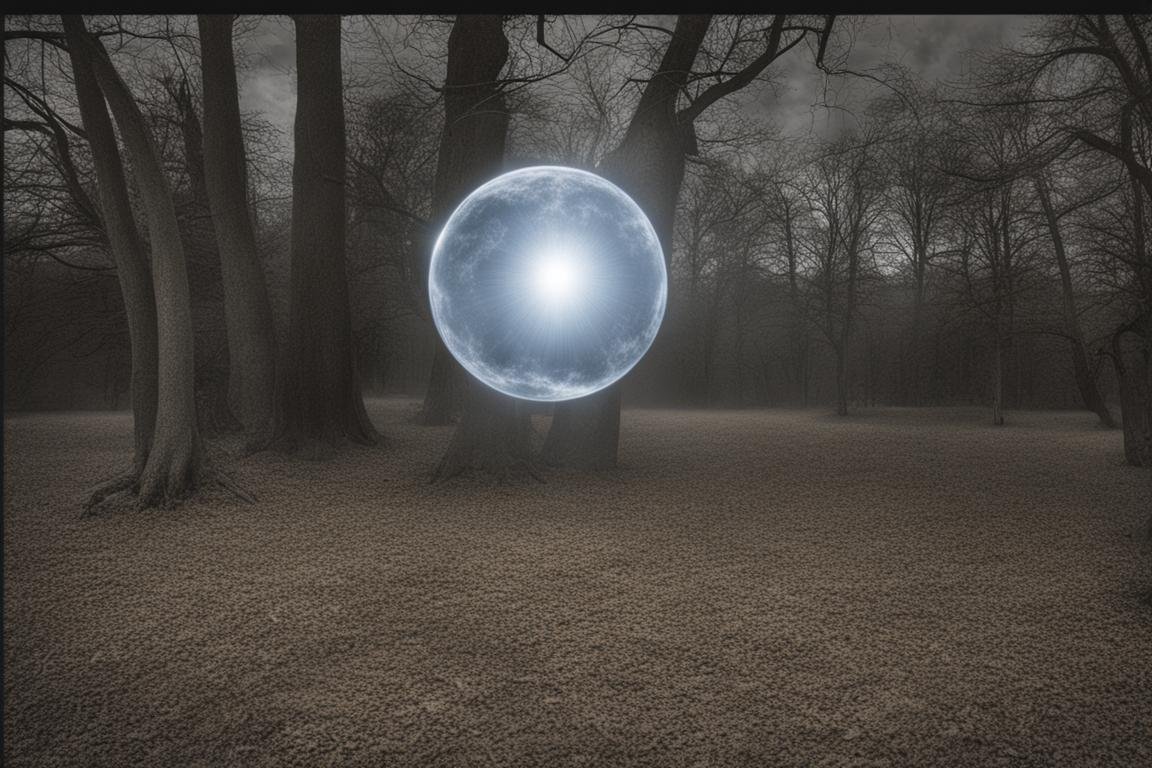
What Are Apparitions?
Apparitions are what most people think of when they hear the word “ghost.” These are fully formed, visible manifestations of spirits. Some appear so lifelike and solid that they’re often mistaken for living people until they vanish into thin air. Apparitions can be a deceased loved one visiting for a final goodbye or historical figures lingering in places they were attached to in life.
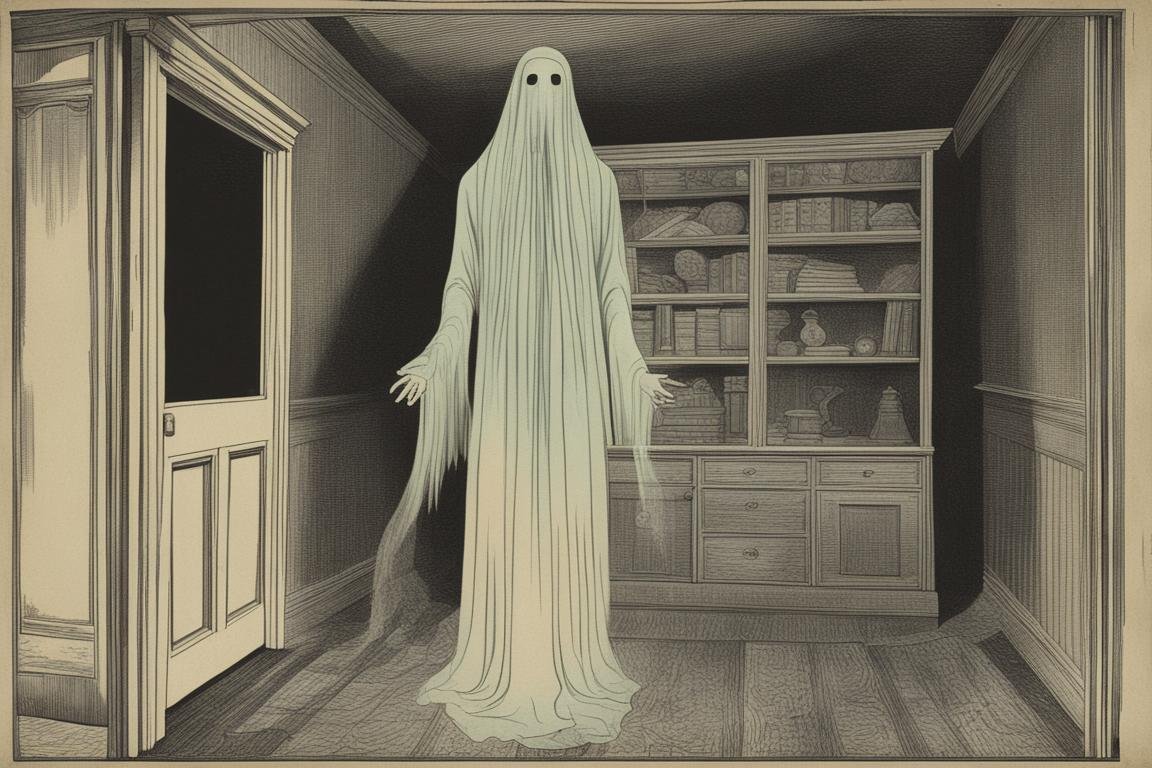
What Are Residual Hauntings?
Residual hauntings are fascinating because they challenge our understanding of time and space. These hauntings are like a video loop, replaying a moment from the past over and over. The spirits involved are not conscious or interactive; they’re merely imprints left behind, usually from a moment of high emotional intensity.
What Are Intelligent Hauntings?
Intelligent hauntings are the direct opposite of residual hauntings. These spirits are aware of their surroundings and can interact with the living. They might respond to questions, move objects to make their presence known, or even communicate through dreams. It’s believed these spirits remain because they have unfinished business or messages to deliver.
What Are Demons?
Demons are a controversial subject within the paranormal community. Unlike ghosts, which are believed to be the spirits of once-living people, demons are malevolent entities that have never walked the earth in human form. They’re often depicted as powerful, manipulative, and intent on causing harm to humans for their own purposes.
What Is a Doppelgänger?
The phenomenon of the doppelgänger, a duplicate of a living person, straddles the line between folklore and the paranormal. Encountering one’s doppelgänger is often considered an omen of bad luck or even death. These entities are not ghosts in the traditional sense but are thought to be supernatural doubles.
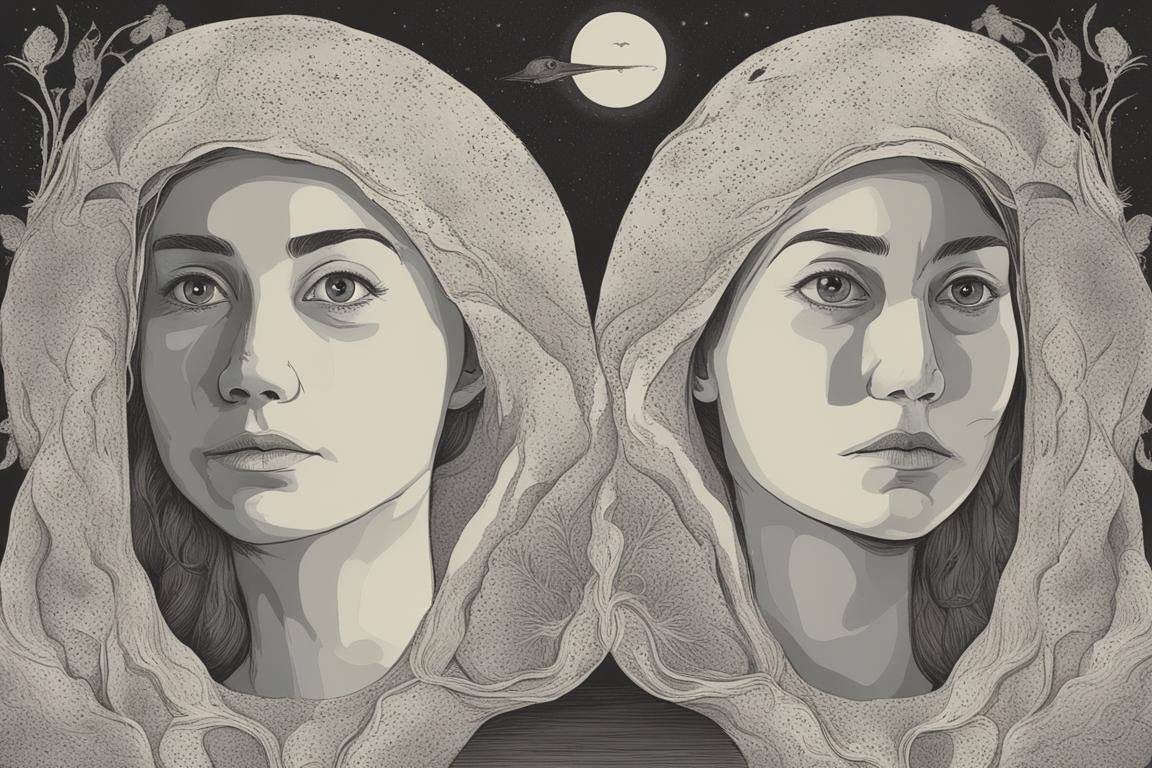
What Is a Crisis Apparition?
Crisis apparitions are visions of a person who is at the moment of their death or in a critical situation, appearing to loved ones regardless of the distance separating them. These apparitions are usually comforting and appear solid, often conveying messages of love or reassurance before vanishing.
What Is a Deathbed Vision?
Deathbed visions are phenomena reported by those on their deathbed, claiming to see and sometimes speak with deceased relatives or spiritual entities just before passing away. These visions are often described as comforting and are interpreted by some as proof of an afterlife.
What Is a Near-Death Experience (NDE)?
Near-death experiences (NDEs) occur when someone comes close to death or is clinically dead for a short period. Common elements of NDEs include feelings of peace, seeing a bright light, encountering deceased loved ones, or reviewing one’s life. These experiences can dramatically change a person’s outlook on life and death.
How Do Ghosts Communicate?
Ghosts are said to communicate in various ways, from physical manifestations to manipulating electronic devices. Here are some common methods:
EVP
Electronic Voice Phenomena (EVP) are audio recordings of voices that were not heard by the living at the time of recording. These mysterious voices are often believed to be attempts by spirits to communicate.
ITC
Instrumental Transcommunication (ITC) uses electronic devices to capture images or sounds from the beyond. This includes television static, radio frequencies, and digital devices.
Ouija Boards
Ouija boards are perhaps the most infamous tool for communicating with spirits. Users place their hands on a planchette which then moves to spell out messages. Despite its popularity, many warn against using Ouija boards due to the potential for negative or deceptive entities to come through.
Automatic Writing
Automatic writing involves allowing a spirit to control your hand to write messages. This can be done with a pen and paper or a keyboard. It’s a way to receive direct messages from the spirit world.
Seances
Seances are organized meetings where participants attempt to communicate with spirits. This can involve various methods, including mediums who claim to channel spirits directly.
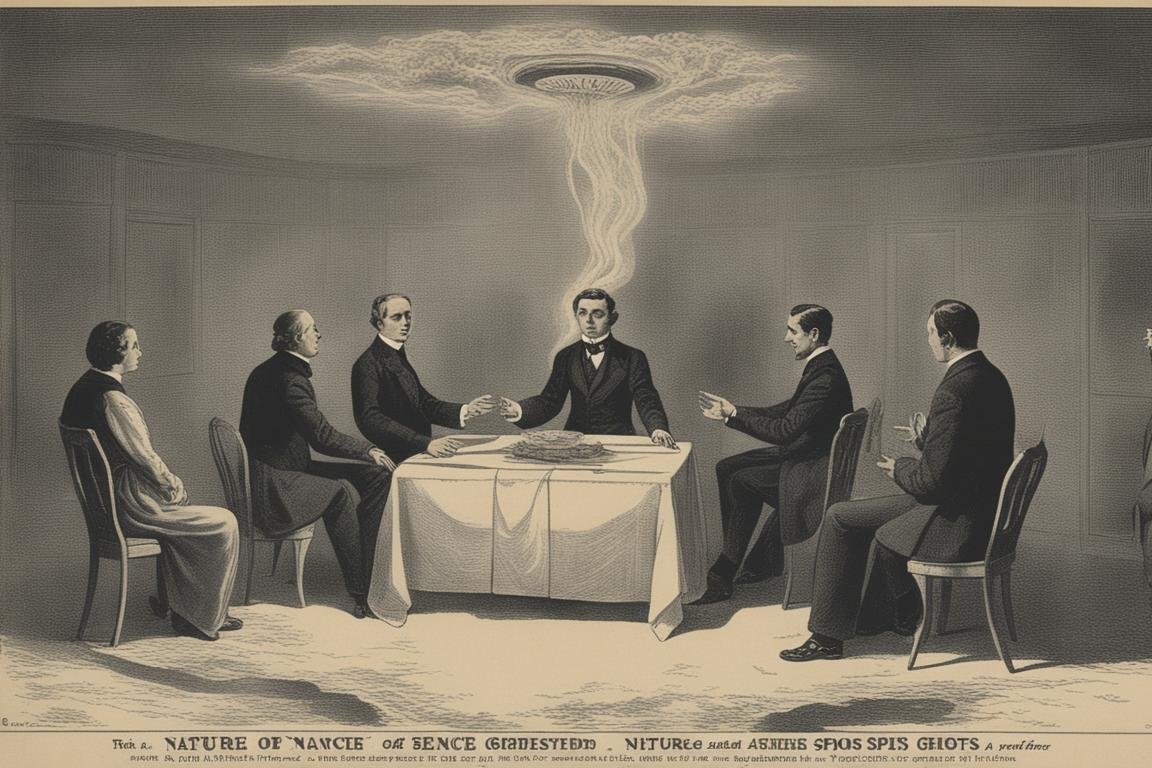
How Do You Get Rid of a Ghost?
There are several methods people use to cleanse their homes of unwanted spirits:
Smudging
Smudging involves burning sage or other herbs to purify a space. It’s a practice rooted in Native American traditions and is believed to help drive away negative energies.
Blessing or Cleansing
Having a home blessed or cleansed by a religious or spiritual leader is another common method. This often involves prayers, holy water, and rituals specific to the faith.
Exorcism
In more extreme cases, an exorcism may be performed. This is a religious rite designed to expel evil spirits from a person or place. Exorcisms are often associated with the Catholic Church but are practiced in various forms across many religions.
How Do You Know if Your House Is Haunted?
Signs of a haunted house can vary widely, but here are some common indicators:
Unexplained Noises
Knocks, footsteps, and other sounds with no apparent source can be a sign of paranormal activity.
Disappearing Objects
Objects moving on their own or disappearing and reappearing in odd places is another common phenomenon.
Apparitions or Other Visual Phenomena
Seeing shadows, figures, or faces, especially repeatedly in the same location, may indicate a haunting.
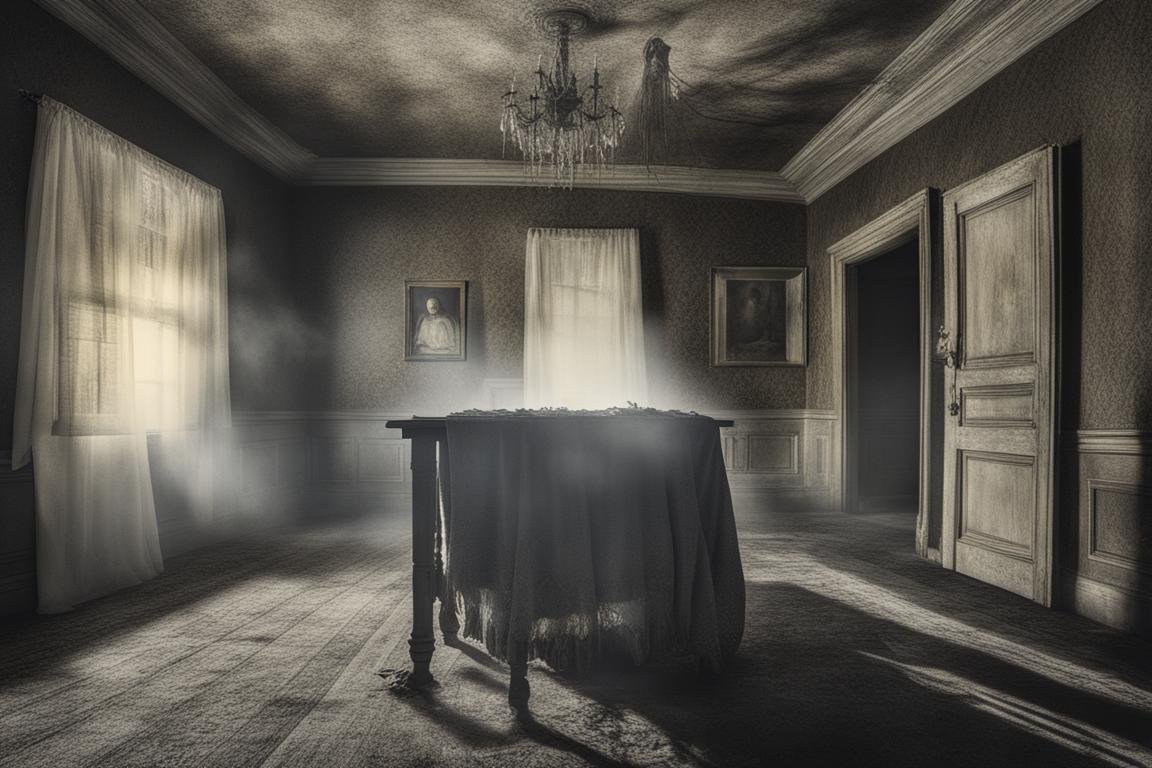
Can You Prove That Ghosts Exist?
The existence of ghosts remains a hotly debated topic. While there is a plethora of anecdotal evidence and personal experiences, scientific proof is elusive. Paranormal investigators continue to use various technologies to capture evidence of the afterlife, but skeptics often attribute these phenomena to natural explanations or hoaxes.
Can Ghosts Hurt You?
While most paranormal encounters are benign, there are reports of physical harm caused by malevolent entities. However, such instances are rare. Most spirits are believed to be harmless and, at most, wish only to communicate or coexist with the living.
Conclusion
Ghosts and the paranormal have fascinated humanity for centuries, intertwining with our cultures, stories, and fears. Whether you’re a skeptic or a believer, the stories of spirits among us open intriguing discussions about the afterlife, our souls, and the mysteries that lie beyond death’s door. So, what do ghosts symbolize? Perhaps they’re a reminder of our past, the unresolved stories that linger, and the universal quest for understanding what happens after we leave this world.
Frequently Asked Questions
Who can interpret what ghosts symbolize?
Paranormal experts and cultural historians often analyze ghost symbolism.
What do ghosts symbolize in different cultures?
Ghosts can represent unfinished business or ancestral connections in various cultures.
How do ghosts symbolize the afterlife?
Some believe ghosts symbolize souls lingering between life and the afterlife.
What if ghosts symbolize fear for some people?
Fear of the unknown can lead some to interpret ghosts as symbols of dread.
How are ghosts symbolic of memories?
Ghosts can symbolize lingering memories or emotions tied to the past.
What if someone doesn’t believe in ghost symbolism?
It’s okay to view ghosts as fictional entities rather than symbols.


